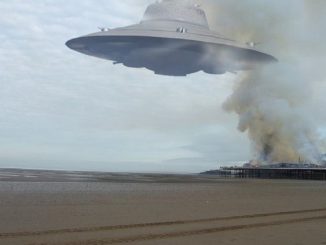Researchers discovered advanced construction techniques in a tomb containing hundreds of remains dating back 5,700 years.

Menga’s tomb was built from many large stone blocks. Photo: MariaJose Blazquez
A giant tomb in southern Spain has been described as the most impressive Neolithic monument after researchers examined its massive features. Named Menga, the tomb is believed to have been built about 5,700 years ago and contains the remains of several hundred ancient people, IFL Science reported on December 4.
Weighing around 150 tons, Menga’s keystone is the second largest ever used in a Neolithic tomb. The research team from many universities in Spain described Menga as the most massive stone structure of its time in Europe. After analyzing many oversized stone blocks used to build tombs, scientists discovered that prehistoric masons chose to work with soft stone, requiring excellent technique and logistical organization to build.
Using a series of petrographic and stratigraphic analysis techniques, lead researcher José Antonio Lozano Rodríguez of the University of Alcalá and his colleagues found that the Menga rocks are mainly calcarenite, a type of conglomerate clastic sedimentary rock. Poor adhesion compared to the type used in modern civil construction techniques. Such stone is particularly difficult to transport without causing damage, meaning Menga’s builders had to plan meticulously.
“Working with this large and fragile stone requires investing a lot of effort not only in stone manipulation but also in wood and rope processing,” the study authors said. “Masons have to use large amounts of wood to build scaffolding used in the quarrying process and prepare roads to transport large rocks.”
Located on top of a hill, the tomb was carefully oriented to provide three great locational advantages. For example, the location of the grave is perfectly aligned with a nearby mountain called “Lover’s Rock” and the timing of the sunrise creates a complex pattern of light and shadow inside the grave. In addition, because the building was located slightly lower than the quarry that supplied the raw materials, the masons were able to transport large boulders down the hillside. Finally, the ground at the top of the hill is much more stable than the surrounding soft clay, thereby creating a stronger and safer foundation for the tomb.
Despite these advantages, the porous nature of the stones used to build tombs makes them vulnerable to water damage. To overcome the problem, designer Menga separated the largest rocks with large mounds made of alternating layers of sandstone and compacted soil. After evaluating the creations, the team concluded that Menga represents a unique achievement of advanced engineering in prehistoric Iberia and Europe. They published their research in the journal Scientific Reports.



